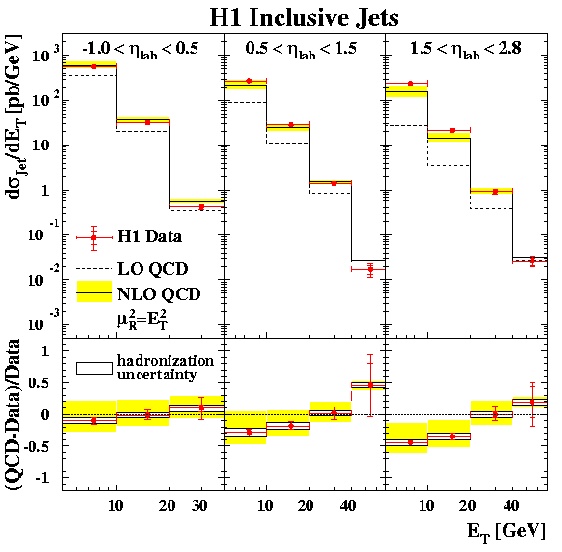
What did we learn from this analysis? Firstly we confirmed the applicability of the best approximation to QCD that we have to date (NLO DGLAP) for the description of jets in a wide variety of circumstances. Secondly, it is clear that our result should trigger additional effort in developing more complete theoretical predictions. Only time will tell whether a refinement of DGLAP to NNLO will be able to resolve the differences near to the proton remnants or whether a whole new approach, not based on the DGLAP approximation, will be required. This analysis is one of the many small building blocks which together give us a detailed picture of the microscopic world and help us to understand better and ever better the world we are living in.